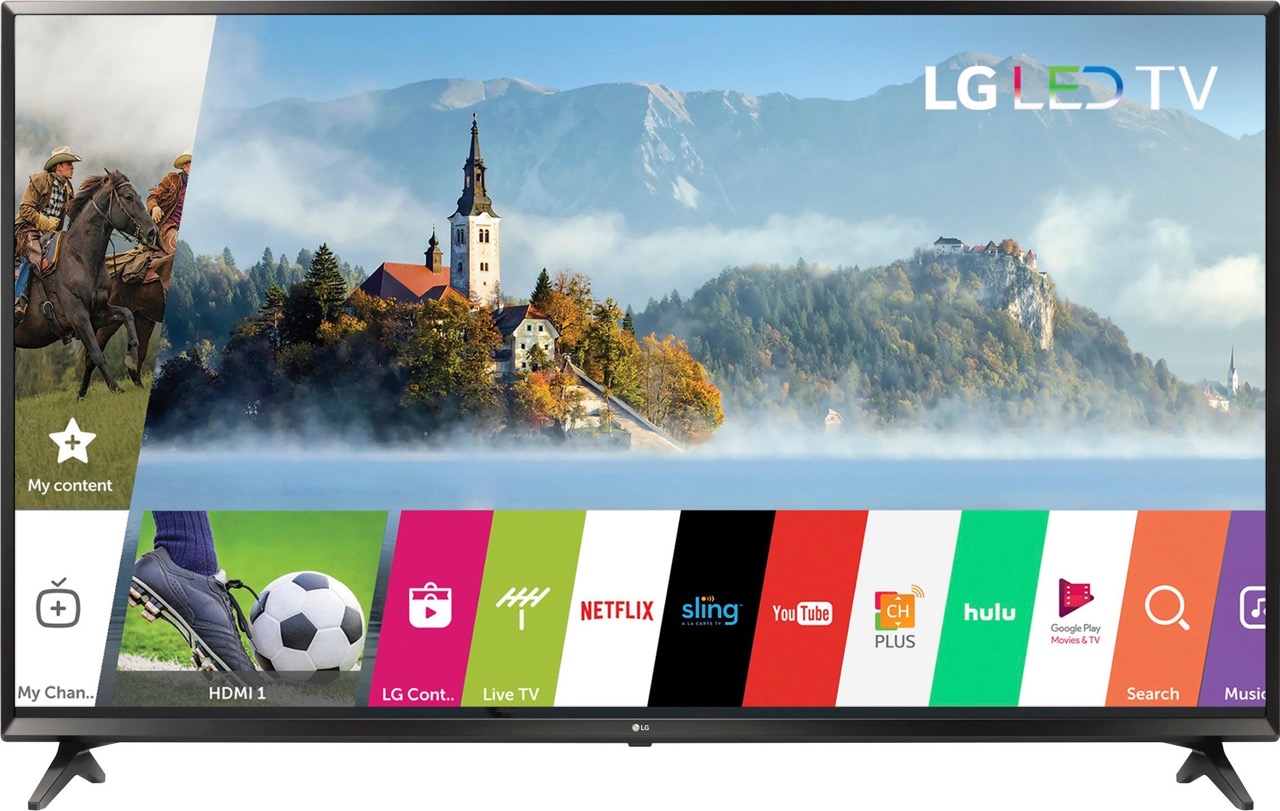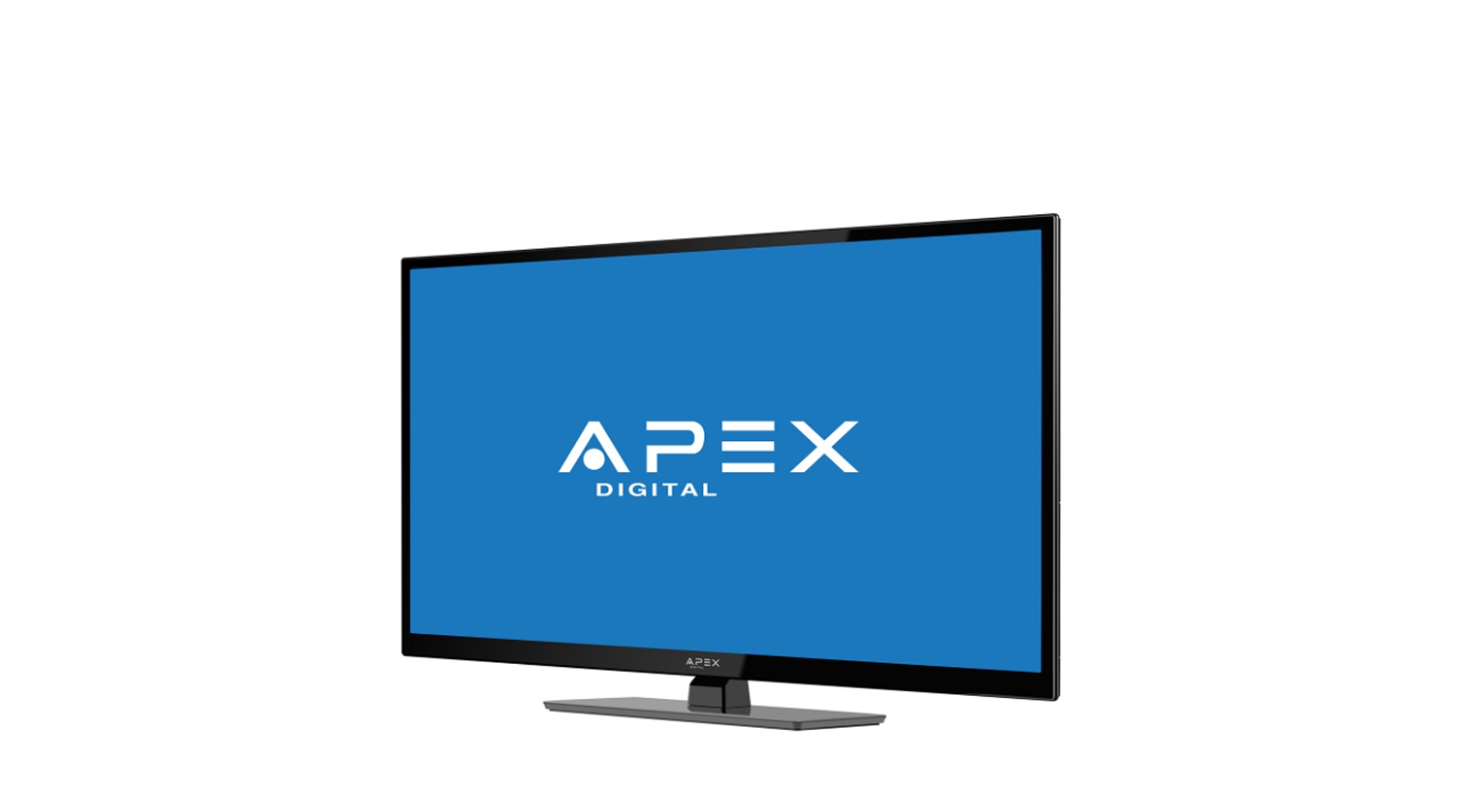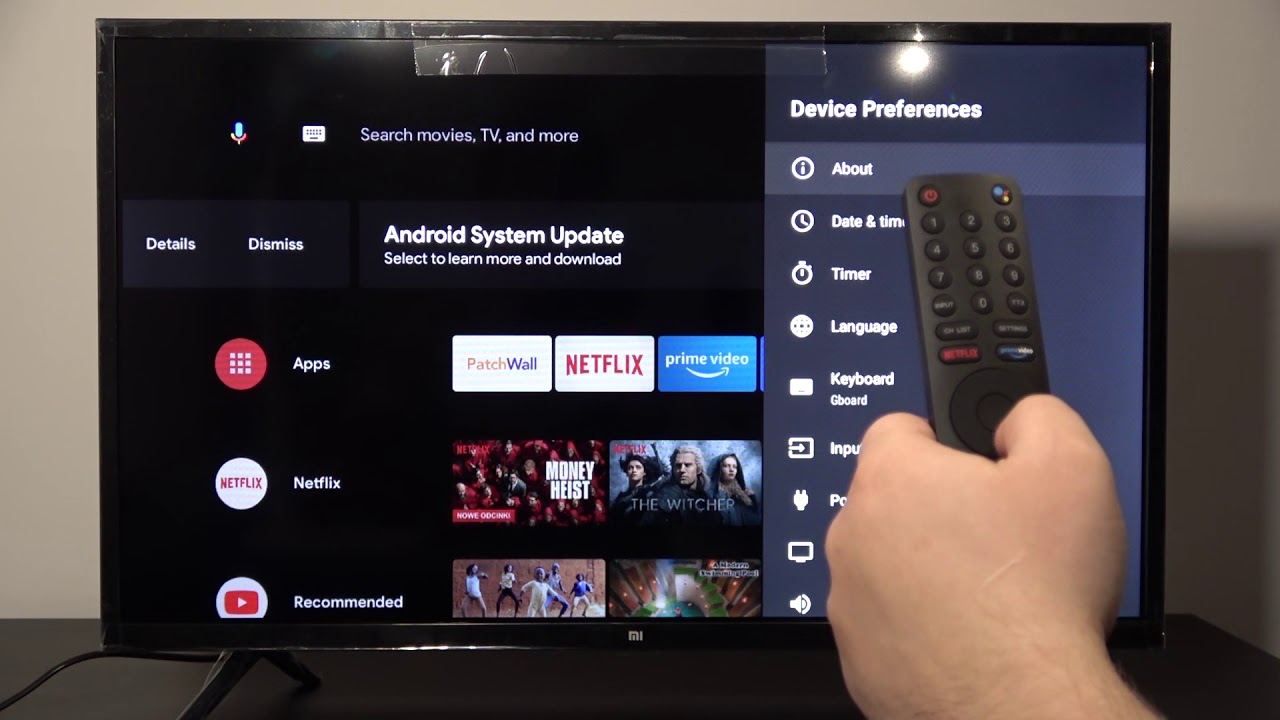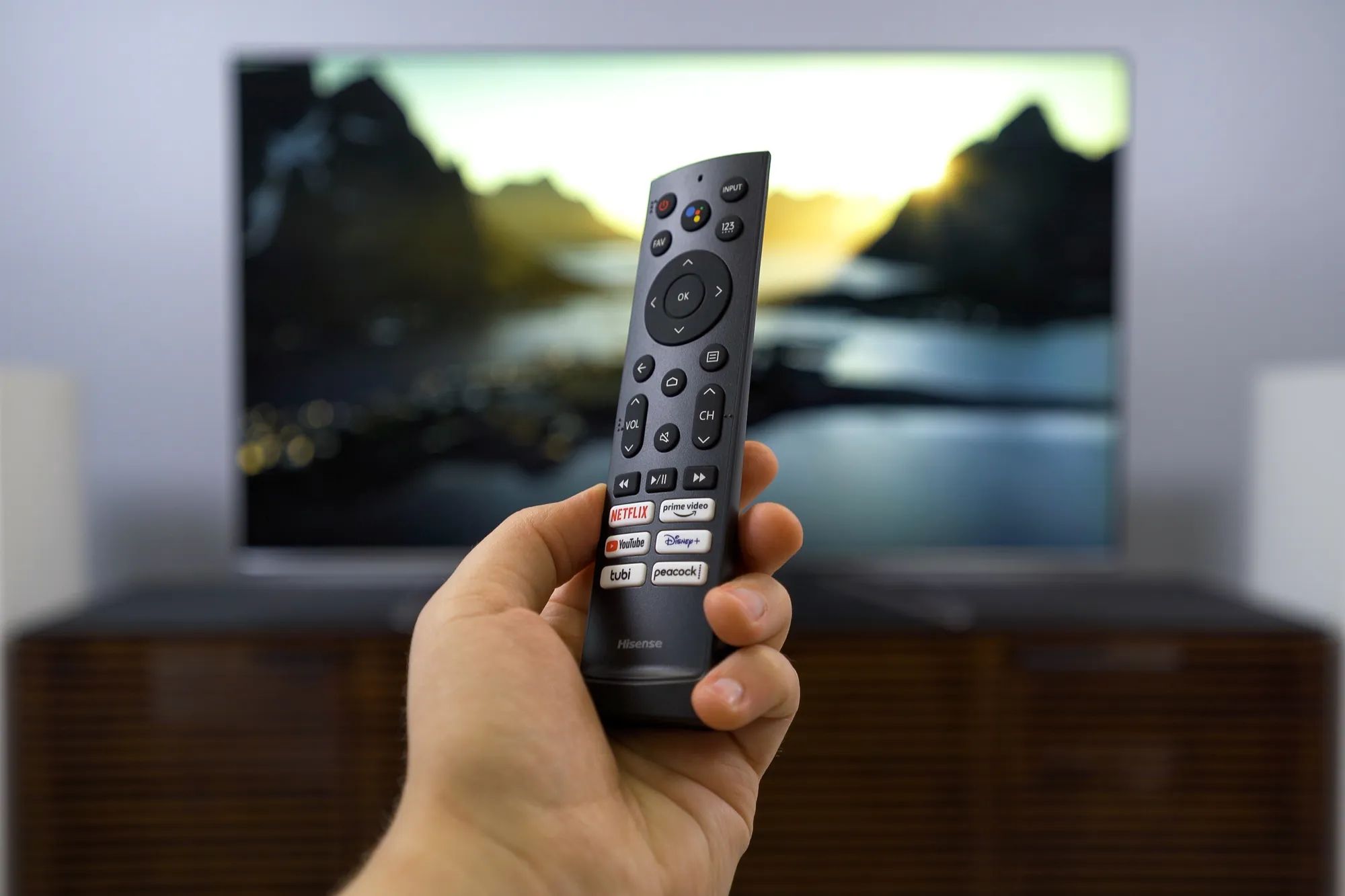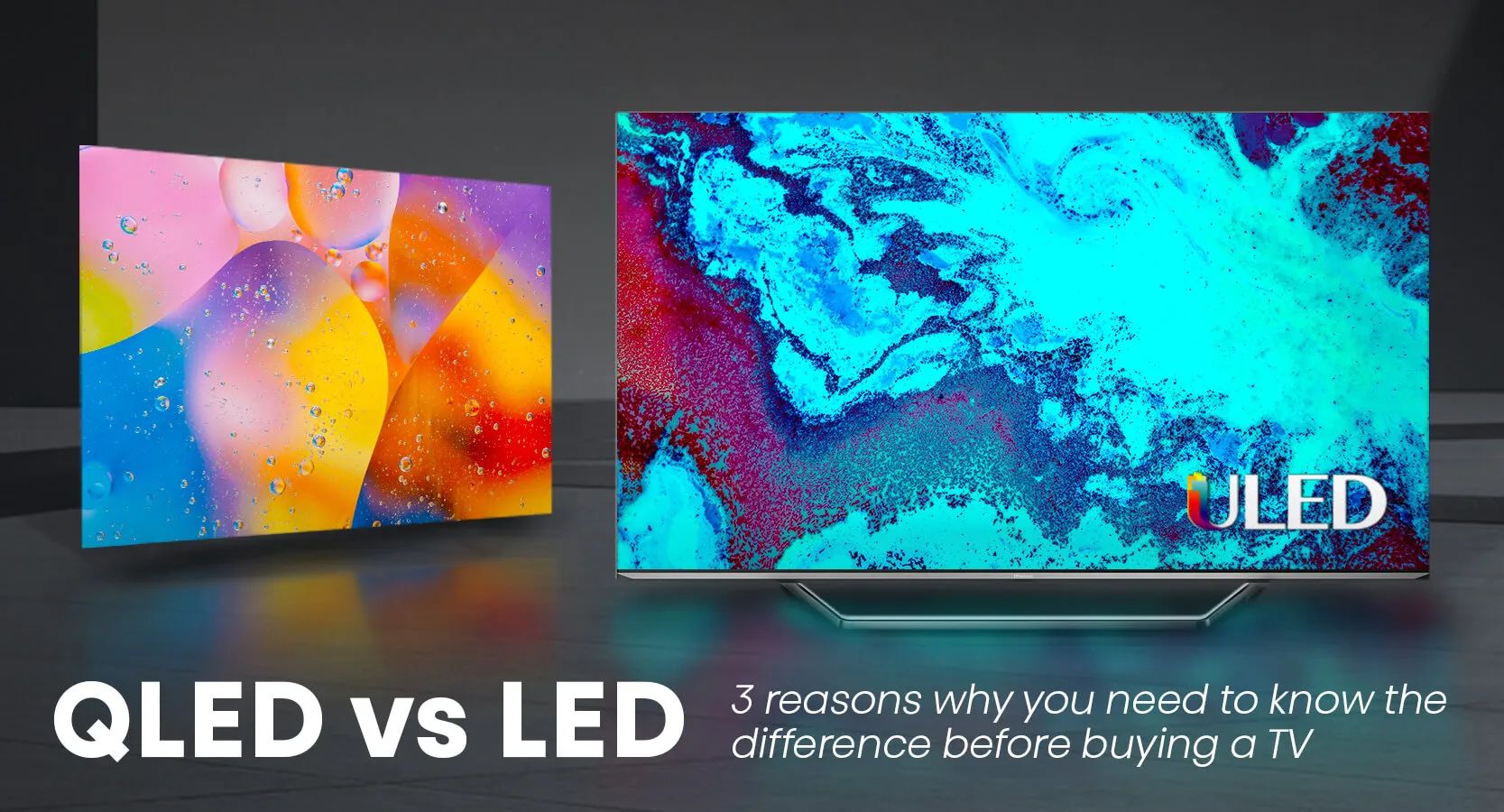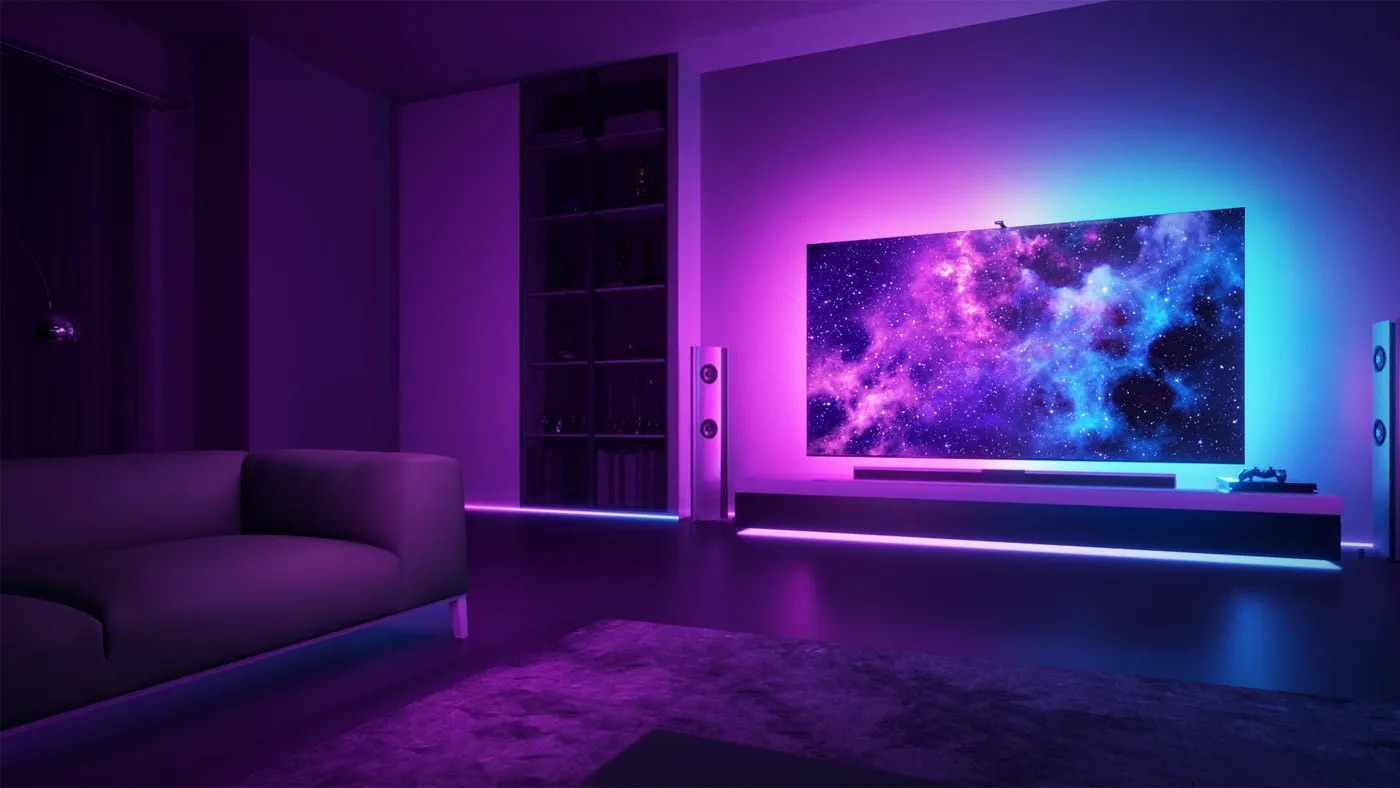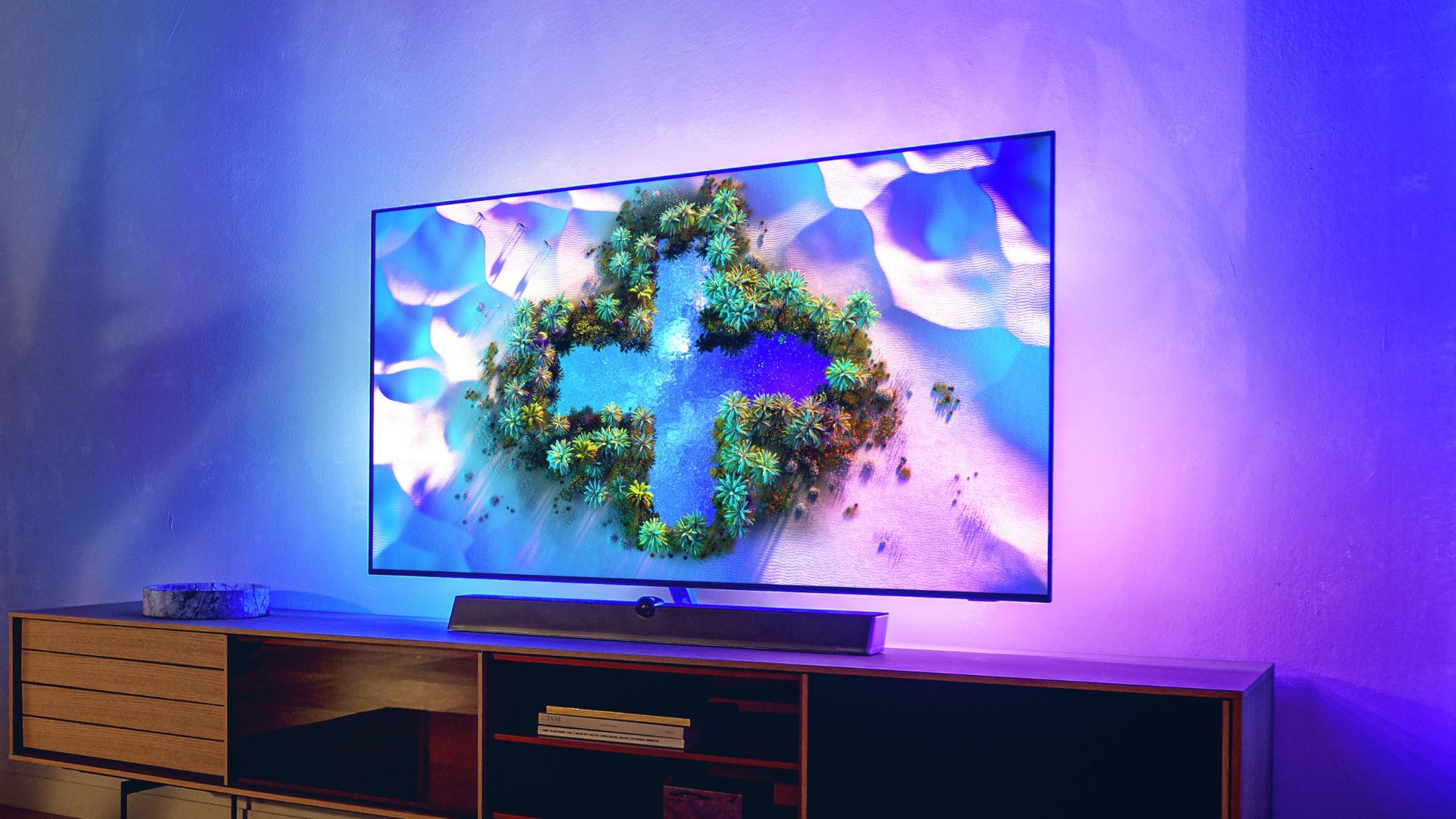Introduction
Welcome to the world of LED TVs, where the visual experience is nothing short of stunning. Whether you are binge-watching your favorite series, indulging in a home movie night, or playing the latest video game, optimizing the brightness and contrast settings is essential to get the most out of your viewing experience. In this article, we will dive into the world of LED TV settings and explore the best brightness and contrast settings to make your content come to life.
LED stands for Light Emitting Diode, which is the technology used in modern television displays to create vibrant and sharp images. While LED TVs come with default factory settings, adjusting the brightness and contrast levels can significantly enhance your viewing experience. It is important to note that each TV model and brand may have slightly different settings, so it’s worth consulting your TV’s user manual for specific instructions. However, the principles discussed here can serve as a general guide to help you achieve optimal picture quality.
Understanding how brightness and contrast work together is crucial in finding the right balance for your TV. Brightness refers to the overall lightness or darkness of the image, while contrast is the difference between the darkest and lightest parts of the picture. By adjusting these settings, you can achieve a clearer image, better color accuracy, and a more detailed picture.
In the following sections, we will explore the factors to consider when setting brightness and contrast, provide guidelines on how to adjust these settings, and offer some tips for testing and fine-tuning the picture quality. So, grab your remote control and let’s dive in!
Understanding Brightness and Contrast
Before we delve into the best brightness and contrast settings for your LED TV, it’s important to have a solid understanding of these two concepts and how they impact your viewing experience.
Brightness refers to the overall luminance or lightness of the image displayed on your screen. It determines how much light is emitted from the pixels and directly affects the visibility of the content. Too low of a brightness setting can make the image appear dull and difficult to see, while too high of a brightness setting can result in a washed-out and unnatural-looking picture.
On the other hand, contrast is the difference in brightness between the darkest and lightest parts of the image. It provides depth and detail to the picture, making it more visually appealing. A higher contrast setting increases the distinction between dark and bright areas, creating a more dynamic and vibrant display. However, setting the contrast too high can lead to loss of detail in darker areas or overexposure in bright spots.
When adjusting the brightness and contrast settings, it’s crucial to find the right balance to achieve optimal picture quality. This can vary depending on the lighting conditions in your viewing environment and personal preferences. A well-adjusted TV should display accurate colors, with details visible in both dark and bright areas of the screen.
Furthermore, it’s worth noting that different content types may require slight adjustments to the brightness and contrast settings. For example, movies with dark and atmospheric scenes may benefit from a slightly lower brightness setting to enhance the overall cinematic experience, while sports or video games with fast-paced action may benefit from a higher contrast setting to make the images pop and improve visibility during quick movements.
By understanding the relationship between brightness and contrast, you can make informed decisions when tweaking these settings on your LED TV. In the next section, we will explore the factors to consider when setting the brightness and contrast to ensure an enjoyable viewing experience.
Factors to Consider
When it comes to setting the brightness and contrast on your LED TV, there are several important factors to consider. Taking these factors into account will help you achieve optimal picture quality and a more immersive viewing experience.
1. Lighting Conditions: The lighting conditions in your viewing environment play a significant role in determining the ideal brightness and contrast settings. If you often watch TV in a dimly lit room, you may need to lower the brightness to avoid eye strain and achieve deeper blacks. Conversely, in a well-lit room, increasing the brightness can ensure better visibility and prevent the image from appearing washed out.
2. Content Type: Different types of content, such as movies, TV shows, sports, or gaming, may require slight adjustments to the brightness and contrast settings. For example, if you’re watching a movie with dark scenes, you may want to lower the brightness to enhance the cinematic experience and allow details in shadows to be more visible. On the other hand, sports or gaming may benefit from higher contrast settings to make fast-moving images more distinct and detailed.
3. Personal Preference: Ultimately, the best brightness and contrast settings for your LED TV will depend on your personal preference. Some viewers prefer a brighter and more vibrant picture, while others prefer a more natural and subdued look. Experimenting with different settings and finding the balance that appeals to your taste is key in creating a personalized viewing experience.
4. Room Calibration: Consider calibrating your TV to ensure accurate colors and optimal picture performance. There are various calibration tools and software available that can help fine-tune the settings based on your specific TV model and room conditions. Calibration can greatly enhance the overall picture quality and ensure a more accurate representation of colors.
By taking these factors into consideration, you can make informed decisions when adjusting the brightness and contrast settings on your LED TV. In the next section, we will guide you through the process of setting the optimal brightness and contrast levels.
Setting the Brightness and Contrast
Now that you have a good understanding of brightness and contrast and the factors to consider, it’s time to dive into setting the optimal levels for your LED TV. Follow these steps to achieve the best picture quality:
1. Start with Default Settings: Begin by resetting your TV’s settings to the default factory settings. This will serve as a baseline reference point for your adjustments.
2. Adjust the Brightness: Begin by adjusting the brightness setting. Use a reference image or test pattern that allows you to clearly distinguish between dark and bright areas. Increase the brightness gradually until you can see details in darker scenes without sacrificing too much of the black levels. Avoid setting the brightness too high, as this can lead to a loss of detail and an unnatural-looking image.
3. Fine-tune the Contrast: After adjusting the brightness, move on to the contrast setting. Again, refer to a test pattern or an image with a wide range of colors and brightness levels. Increase the contrast until you achieve a noticeable distinction between dark and bright areas while maintaining detail in both areas. Be cautious not to set the contrast too high, as it can result in overexposed highlights and loss of detail in darker regions.
4. Find the Sweet Spot: Continuously switch between different content types, such as movies, sports, or gaming, to ensure that the brightness and contrast settings are suitable for various scenarios. Look for natural-looking colors, details in dark and bright areas, and an overall pleasing visual experience. Adjust the settings as needed to achieve the desired results.
5. Consider Picture Modes: Many TVs come with preset picture modes, such as “Cinema,” “Sports,” or “Game.” These modes are specially optimized for different content types and may adjust the brightness and contrast settings automatically. Experiment with these modes and see if any of them align with your preferences and provide a satisfying viewing experience.
Remember that the optimal brightness and contrast settings can vary depending on personal preference, the content being viewed, and the ambient lighting conditions. Take your time to find the settings that suit your needs best and create a visually immersive experience on your LED TV.
In the next section, we will explore some tips for testing and fine-tuning the brightness and contrast settings to ensure optimal picture quality.
Testing and Adjusting
After initially setting the brightness and contrast levels on your LED TV, it’s important to test and fine-tune the settings to ensure optimal picture quality. Here are some tips to help you in this process:
1. Use Test Patterns: Utilize test patterns specifically designed to evaluate brightness, contrast, and overall picture quality. These patterns can be found on calibration discs, streaming services, or even online. They provide a standardized reference for adjusting your TV’s settings, allowing you to accurately assess the picture quality.
2. Evaluate Dark and Bright Scenes: Watch content with both dark and bright scenes to assess the performance of your TV’s settings. Look for details in shadowy areas without losing visibility in bright highlights. Adjust the brightness and contrast settings as required to achieve a balanced and pleasing picture.
3. Consider Color Accuracy: While adjusting brightness and contrast, also pay attention to color accuracy. Look for natural-looking skin tones, vibrant colors, and accurate color representation. If necessary, consult the TV’s user manual or refer to calibration guides to fine-tune the color settings for the best results.
4. Take Room Lighting into Account: Consider the ambient lighting conditions in your room while testing and adjusting your TV’s settings. Assess how the picture quality changes in different lighting environments. It may be necessary to make slight adjustments to the brightness and contrast settings based on the amount of light in the room to optimize visibility and overall picture quality.
5. Get a Second Opinion: If possible, ask someone else’s opinion on the picture quality. They may notice things that you might have missed or offer a fresh perspective. Take their feedback into consideration and make further adjustments, if needed.
6. Make Notes: Keep track of the changes you make to the brightness and contrast settings and the results you observe. This will help you maintain consistency in your setup and make it easier to fine-tune the settings in the future if necessary.
By testing and adjusting your LED TV’s brightness and contrast settings, you can ensure that you are getting the best possible picture quality. Experimentation and patience are key in finding the ideal settings that provide a captivating and immersive viewing experience.
In the final section of this article, we will conclude our discussion and summarize the key points to remember when setting the brightness and contrast on your LED TV.
Conclusion
Setting the brightness and contrast on your LED TV is crucial for optimizing your viewing experience. By understanding the concepts of brightness and contrast and considering factors such as lighting conditions, content type, personal preference, and room calibration, you can achieve the best picture quality.
Start by resetting your TV to its default settings and then adjust the brightness and contrast gradually, using reference images or test patterns to guide you. Fine-tune the settings based on your preferences and the content you watch. Consider using preset picture modes for specific content types and test the settings using various test patterns and real-world scenarios.
Remember to pay attention to color accuracy and take room lighting into account. Don’t hesitate to seek a second opinion and make notes of the changes you make to ensure consistency and future adjustments.
Ultimately, finding the ideal brightness and contrast settings may require some experimentation and fine-tuning. It’s a personal journey that involves finding the right balance for your specific needs and preferences.
By following the guidelines outlined in this article, you can enhance the visual quality of your LED TV and create a more immersive and enjoyable viewing experience for all your favorite content.









